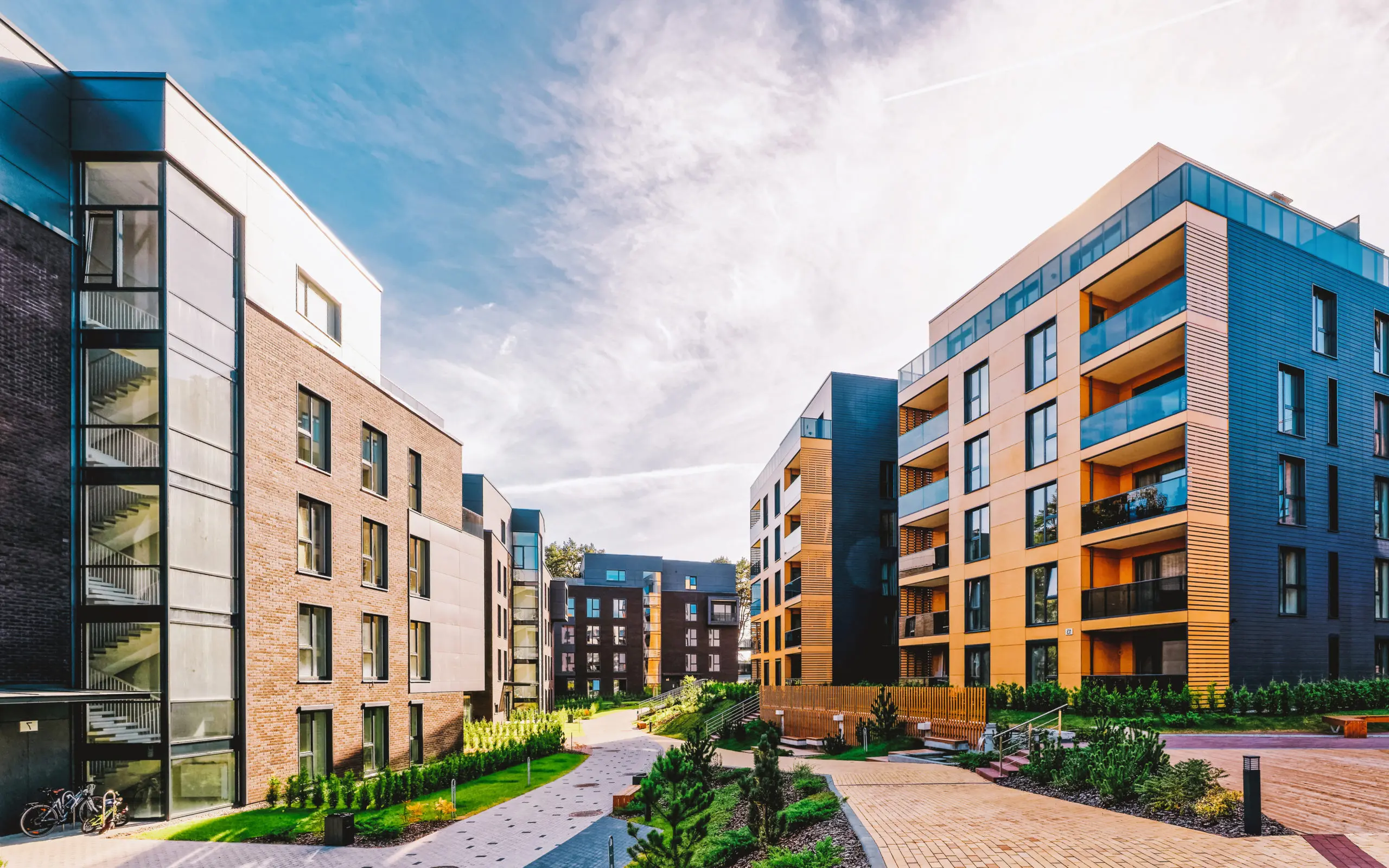
Eric Jondeau
Professor, HEC-UNIL

Switzerland’s buildings are a key part of the country’s climate strategy, but understanding how the sector is progressing toward decarbonization can be challenging. Most available data are either backward looking or too general to reflect the current evolution.
This report offers a new perspective by using building permit data to measure the pace, cost, and type of renovations across Switzerland. We analyze over 45’000 permits to understand how renovations are happening, how long they take, and what they cost. While only a small share target energy efficiency, the data reveals important trends in building upgrades.
We then turn to Real Estate Investment Vehicles (REIVs) – key market actors with large, diversified portfolios and accessible data. This allows us to study how institutional investors are responding to sustainability targets. We introduce four strategic pathways REIVs can follow:
We present a simulated case study to show how REIVs could be classified by strategy, provided that richer renovation and transaction data becomes available. This offers a foundation for future research, investment comparisons, and policy design.
Finally, using permit data, we estimate renovation-driven emissions reductions, and project the capital needed to meet 2050 climate goals. On average, REIVs will need to invest around 13% of their net asset value – or CHF 28.3 billion – to stay on track, though some funds face a much heavier burden than others.